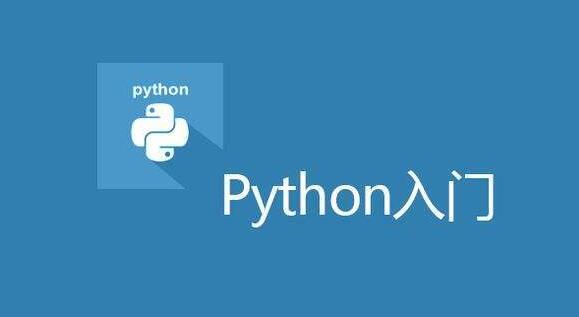Python中的56个内置函数详解(二)

9、str()
描述:str() 函数将对象转化为适于人阅读的形式。将字符类型、数值类型等转换为字符串类型
语法:class str(object='')
参数:object — 对象。
案例:
integ = 100
str(integ)'100'dict = {'baidu': 'baidu.com', 'google': 'google.com'};str(dict)"{'baidu': 'baidu.com', 'google': 'google.com'}"
10、callable()
描述:判断对象是否可以被调用,能被调用的对象就是一个callable 对象,对于函数、方法、lambda 函式、 类以及实现了 __call__ 方法的类实例, 它都返回 True。
语法:callable(object)
参数:object — 对象
案例:
callable(0)Falsedef add(x, y): return x + ycallable(add)True
11、chr()
描述:chr() 用一个范围在 range(256)内的(就是0~255)整数作参数,返回一个对应的字符。
语法:chr(i)
参数:i — 可以是10进制也可以是16进制的形式的数字。
案例:
查看十进制整数对应的ASCII字符chr(65)'A'可以参考4案例中的表
12、ord()
描述:查看某个ascii对应的十进制数
语法:ord(c)
参数:c — 字符。
案例:
ord('A')65ord('~')126
13、classmethod()
描述:classmethod 修饰符对应的函数不需要实例化,不需要 self 参数,但第一个参数需要是表示自身类的 cls 参数,可以来调用类的属性,类的方法,实例化对象等。
语法:classmethod
参数:无
案例:
class Sample(object): bar = 1
def fun1(self):
print ('foo')
@classmethod
def fun2(cls):
print ('fun2')
print (cls.bar)
cls().fun1() # 调用 foo 方法 Sample.fun2() # 不需要实例化fun21foo
14、compile()
描述:compile() 函数将一个字符串编译为字节代码。
语法:compile(source, filename, mode[, flags[, dont_inherit]])
参数:
source — 字符串或者AST(Abstract Syntax Trees)对象。。
filename — 代码文件名称,如果不是从文件读取代码则传递一些可辨认的值。
mode — 指定编译代码的种类。可以指定为 exec, eval, single。
flags — 变量作用域,局部命名空间,如果被提供,可以是任何映射对象。。
flags和dont_inherit是用来控制编译源码时的标志
案例:
将字符串编译成python能识别或可以执行的代码,也可以将文字读成字符串再编译。
s = "print('helloworld')"
r = compile(s,"<string>", "exec") r<code object <module> at 0x000000000F819420,
file "<string>", line 1>exec(r)helloworldstr = "for i in range(0,5): print(i)"
c = compile(str,'','exec')
# 编译为字节代码对象
c<code object <module> at 0x000001EB82C91ED0, file "", line 1>
exec(c)01234
15、complex()
描述:创建一个复数
语法:class complex([real[, imag]])
参数:
real — int, long, float或字符串;
imag — int, long, float;
案例:
complex(1,2)(1+2j) complex('1')(1+0j)complex("1+2j")(1+2j)
16、delattr()
描述:删除对象的属性
语法:delattr(object, name)
参数:
object — 对象。
name — 必须是对象的属性。
案例:
class Coordinate: x = 10 y = -5 z = 0
point1 = Coordinate()
print('x = ',point)
Python中的56个内置函数详解(一)
Python中的56个内置函数详解(三)
Python中的56个内置函数详解(四)
Python中的56个内置函数详解(五)
Python中的56个内置函数详解(六)
Python中的56个内置函数详解(七)
来源:PY学习网:原文地址:https://www.py.cn/article.html

